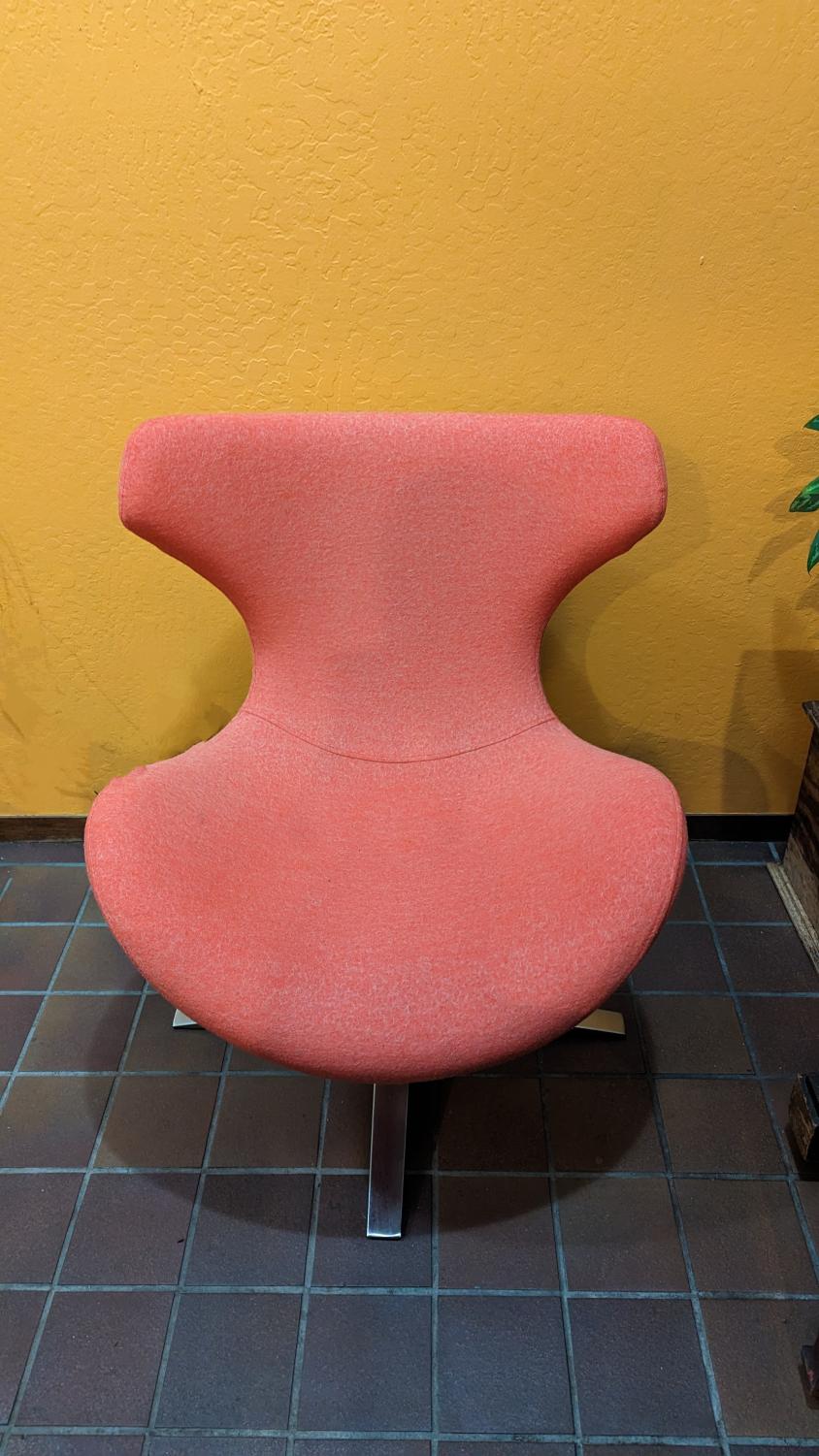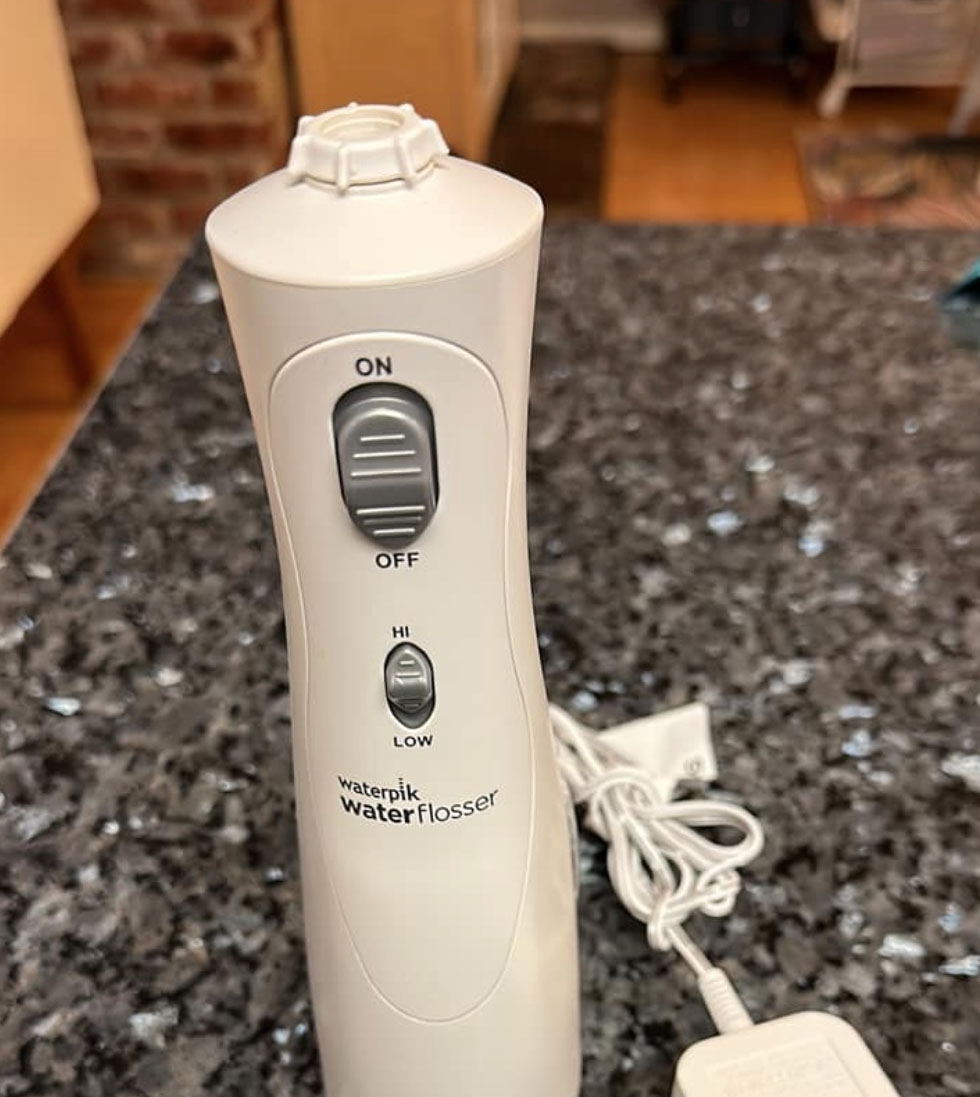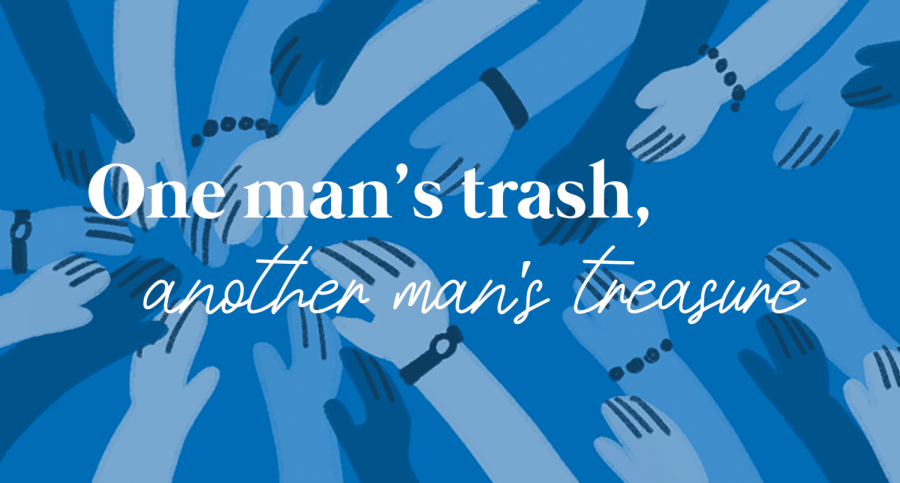One man’s trash, another man’s treasure: Trading through local Facebook group
How many pieces of clothing have you bought in the past year? 10? 20?
If you’re anything like the average American, it would be 64 items, as consumers are buying five times more pieces per year than in 1980 according to Smartasset. But even more frightening is what’s discarded: 81.5 lbs of a person’s wardrobe goes to landfill every year, according to Earth.org. Americans are buying more goods than ever, and consequently throwing away more than ever.
Although solutions such as secondhand selling and thrift stores have been around for a long time, the Buy Nothing project attempts to provide a completely free solution for the excessive waste overconsumption is causing. Members of local community Facebook groups post items they no longer need, allowing other members to take the items for free. Totaling at over 4 million participants, the project has spread to 44 countries with posted items ranging from clothing to leftover dinner, as reported by the Today Show.
One local branch is Buy Nothing Palo Alto, a community Facebook group, further divided into four location-based groups. This specific group is based in the southeast portion of Palo Alto, consisting of 860 people.
While the group has an incentive to give, it’s also an opportunity to get. For many group members, it’s been a way to acquire unique items that they wouldn’t be able to find elsewhere. For Rowena Chiu, one of three co-admins of the group, it was a quirky English tea pot in the shape of a marmalade jar.
However, for many, what beats receiving items free of charge is the community aspect, which allows neighbors and members to bond over the gift of giving. Buy Nothing member Patti Regehr described getting involved in the group and being able to meet people under the restrictions of COVID lockdown.
“During COVID, I wasn’t really going to any stores or doing anything,” Regehr said. “Going and picking up things was really brightening my day, and also just helping and getting more involved. … It started building a really different community I wasn’t [previously] part of.”
At first Chiu became involved in the group to declutter while moving homes. When she heard the group was looking for admins, Chiu volunteered for the position.
“I think people are often surprised by how many rules [there are] and the extent of the training and so on,” Chiu said. “The way that the three of [the admins] have divided our duties is unique to our group.”
Chiu’s duties as co-admin include implementing features such as “Tip Tuesdays,” where she offers advice on how users might give and gratitude posts thanking people for positively received items. Vicky Hsu — another admin — purely handles admissions into the group, demonstrating the organized operations behind the Facebook group.
When it comes to environmental impact, an often discussed question is how to decrease waste on an individual level. AP Environmental Science teacher Nicole Loomis believes movements such as Buy Nothing are a good way to participate in creating a change.
“I think that for an individual, they can be very effective,” Loomis said. “It really just comes down to how many individuals are participating and how effective it is in the grand scheme of things.”
To combat overconsumption, Loomis suggests that individuals buy more durable items that can last longer, or consider second hand as more solutions for the average consumer.
Regardless, Buy Nothing groups turn one person’s trash to another’s treasure while reducing waste and bringing communities closer.
“I enjoy the thought of [donated items] having an active life somewhere else,” Chiu said. “Rather than having things sit around and gather dust just because they still hold some financial value.”







